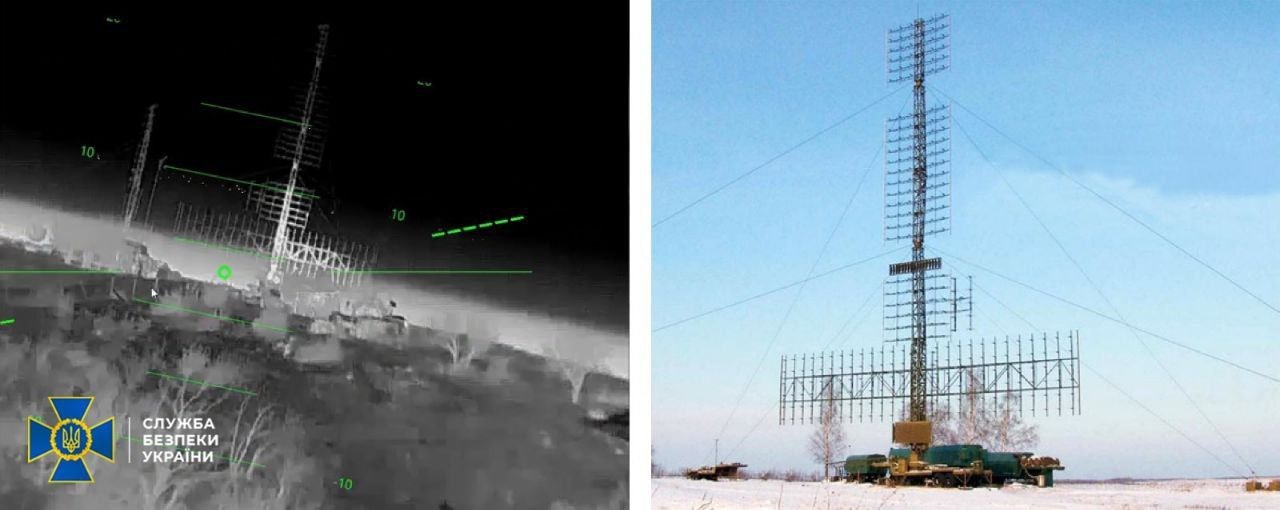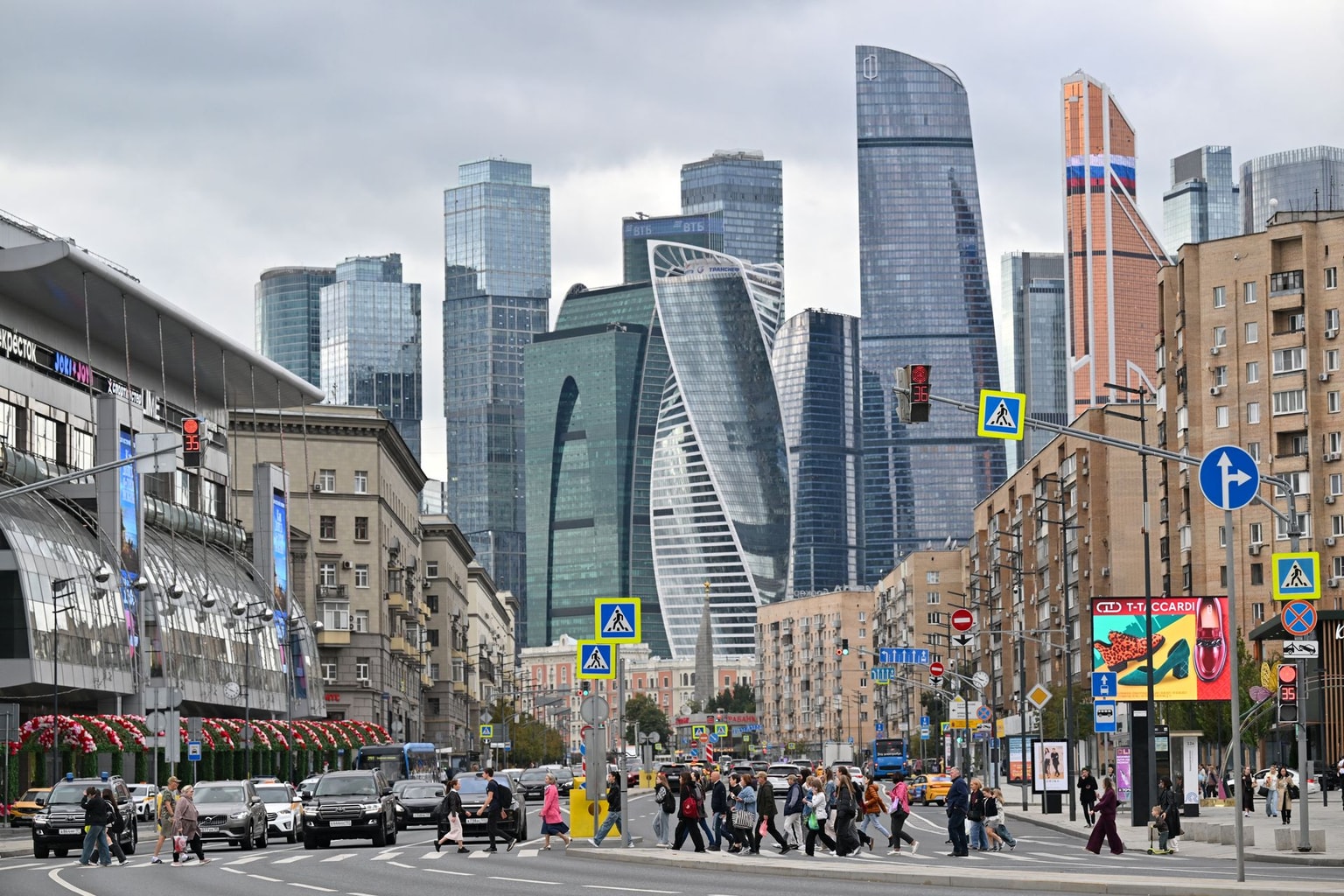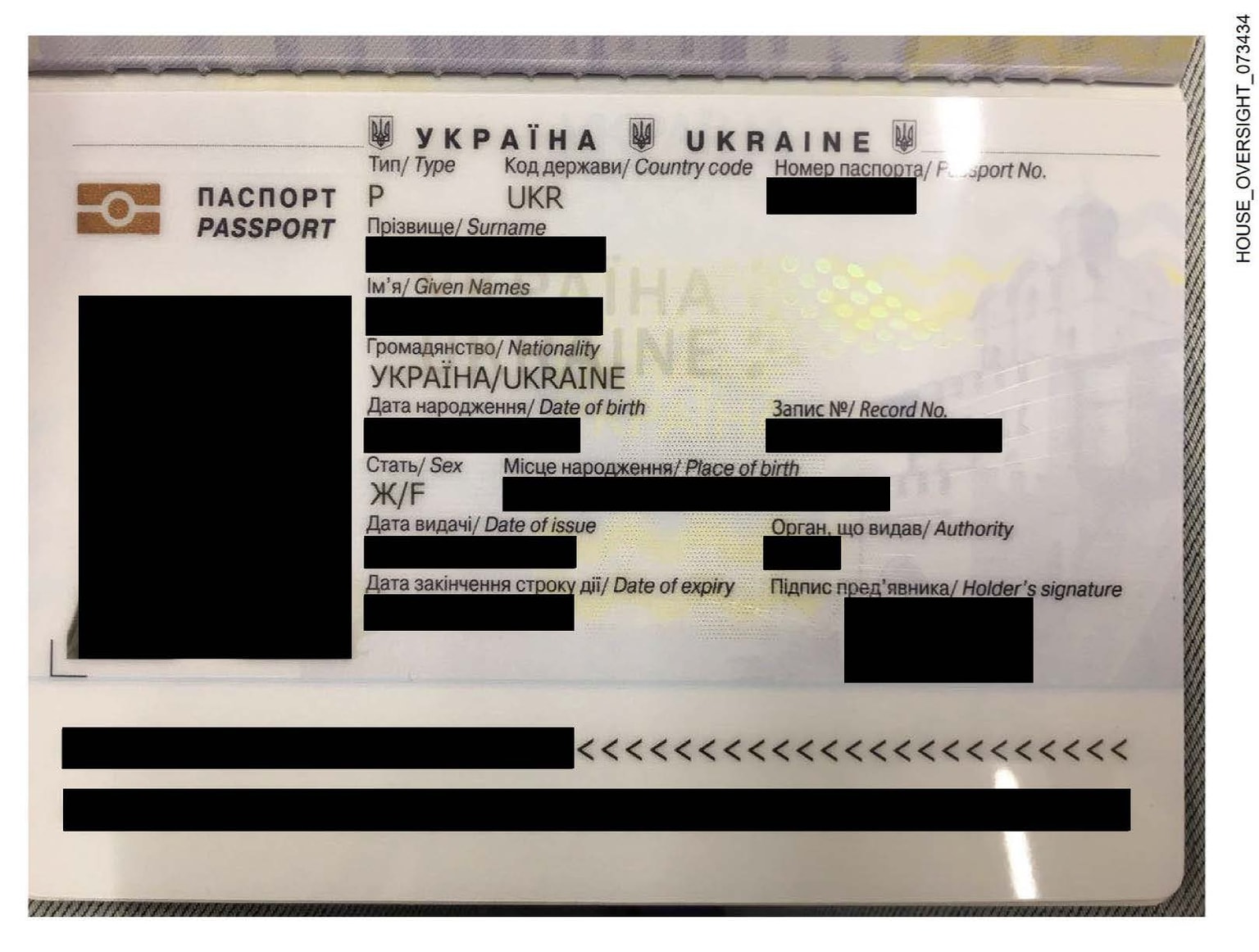
What Russia’s army in Syria stands to lose after fall of Assad
Syrian rebel fighters celebrate at the Clock Tower in the heart of the central city of Homs early on Dec. 8, 2024, after rebel forces entered Syria's third city overnight. (Aaref Watad / AFP via Getty Images)
The Kremlin confirmed on Dec. 11 that longtime Syrian dictator Bashar al-Assad had fled to Moscow after rebels took the capital city of Damascus in a lightning offensive that shocked the world.
Assad’s exile in Russia comes as little surprise. The Kremlin had invested heavily in propping up the regime in Syria with military support since 2015, when Russian air raids on rebel forces helped the Assad regime to solidify its grip on power. In exchange, Russia got a staging ground for military operations, including two permanent bases.
With its military tied up in Ukraine for its now three-year invasion, Russia proved incapable of protecting Assad this time around. Russia’s assets in Syria, key to its projection of military force internationally, now hang in the balance.
Ukrainian intelligence reported on Dec. 10 that Russia had begun pulling out some military equipment from Syria, particularly its only air base outside the former Soviet Union and its only warm-water port in the world.
Beyond damaging Russia’s international prestige, any pullout also has observers speculating on a collapse in Russia’s ability to continue operations across Africa.
But for now, Russian soldiers remain at the bases, ostensibly as the Kremlin waits out the formation of a new Syrian regime.
“I think everyone's watching that very, very closely,” Chatham House, London associate fellow Neil Quilliam told the Kyiv Independent.
“I can see this morning that there are two frigates and a submarine just about six or seven kilometers off base. So they're in the area. I think they're in a holding position at the moment, seeing how the situation will play out in Damascus.”
What does Russia have at its bases in Syria?
The BBC estimated that there were around 7,500 Russian soldiers in Syria as of the beginning of 2024.
“Russia always had a very limited, surgical presence in Syria, and it is easier to sustain a small presence than a large presence,” Anna Borshchevskaya, a senior fellow at the Washington Institute for Near East Policy. She put the likely upper limit for total Russian fighters in Syria closer to 4,500.
Speaking to the Kyiv Independent, Marat Gabidullin, Kremlin-backed Wagner mercenary from 2015 to 2019, described Hmeimim Air Base as the “hub” of Russia’s operations across Africa and the Middle East.
“All the main logistics went through Hmeimim,” he said, describing it as enviably comfortable compared to temporary operations bases where he stayed while a Wagner member, particularly recalling the “spartan conditions” at the Hayan gas processing facility in the desert near Palmyra.
“Now they’re going to have to re-build their logistics and make a bet on Libya, and Libya is a very unsettled region,” said Gabidullin, noting, in particular, the difficulties of dealing with the warlord/strongman of eastern Libya.
“Then they’ll have to budget for (Libyan strongman Khalifa) Haftar’s whims, and Haftar is an unpredictable man.”
While he denied knowing figures for overall Russian forces, Gabidullin said he recalls roughly 3,000 Wagner fighters in-country while he was there.

The port at Tartus held six Russian ships — three frigates, two oil tankers, and a submarine — which Business Insider showed as having been pulled out as of Monday. The air base in Hmeimim has retained an indeterminate amount of aircraft but was conducting aerial operations against the rebel advance in December.
Borshchevskaya noted that Hmeimim served as a launch point for various Sukhoy jets — 24s, 25s, and 30s — over the years in quantities unknown.
More importantly, Russia kept S-400 anti-air batteries in town, despite pulling many of the S-300s into Ukraine, which “made sure that Israel was dependent on Russia’s goodwill to carry out its air strikes in Syria,” she said, as S-400s could have shot those air strikes down.
“We've seen the Russian troops withdraw primarily to the air base at Hmeimim, and then also the troops withdraw into Tartus,” Neil Quilliam, an associate fellow with the Middle East and North Africa Program at Chatham House, London, told the Kyiv Independent.
There is a catch. “At the moment, you know, they're still there, they're still present. There hasn't been an evacuation,” said Quilliam.
Stay warm with Ukrainian traditions this winter. Shop our seasonal merch collection.
Russia weighs political navigation or mass evacuation
While the Russian Embassy in Syria did urge its citizens to leave the country on Dec. 6, the Russian military has yet to pull out in the chaotic fashion that some were anticipating just days ago.
Dara Massicot, a senior fellow at the Carnegie Endowment for International Peace argued that any mass evacuation of Russian equipment will be obvious.
For the time being, it’s a political tightrope. While Russia is clearly hedging, it seems to be managing the handover of power successfully for the time being. That is despite the fact that up until days ago, Russia referred to groups like Hayat Tahrir ash-Shams (HTS), the driving force of the advance on Damascus, in terms of terrorism.
The Russian Air Force group based at Hmeimim Airbase in Latakia district on Dec. 7 touted it had destroyed “over 300 terrorists, 55 vehicles and one warehouse” in its defense of Assad’s regime.
HTS is an Islamist group that split from al-Qaeda more than a decade ago and remains on Western terror designation lists.
Russia’s work to defend Assad may not doom it in the eyes of the new rulers of Syria, however.

“There was no great love for Russia in Syria. But Russia doesn't care about love. They care about securing influence with a ruling regime, whatever that regime might be,” said Borshchevskaya.
What the fall of Assad means for Ukraine remains uncertain, but Ukrainian intelligence is delighting in Russia’s failure. Russia and Iran have meanwhile accused Ukraine of training and equipping the rebel groups.
Regardless of any evacuation, a collapse in Russia’s power in Syria undermines Putin’s authority in the global south.
“The Middle East, by and large, didn't really buy into the Western and Ukrainian narrative on the war. They tended to be at best neutral on Russia's war in Ukraine. The situation has the potential of changing that narrative that Russia is not the great power that so many in the so-called Global South perceive it to be,” said Borshchevskaya.
“The Syrian and Ukrainian theaters were always deeply connected,” she said, but cautions that the Syrian bases were a logistical hub for African operations rather than anything in Ukraine.
Ramifications could play against Ukrainian interests. “If they were to pull these people out of Syria they could just end up in the Donbas or elsewhere. It’s a very uncertain picture.”










